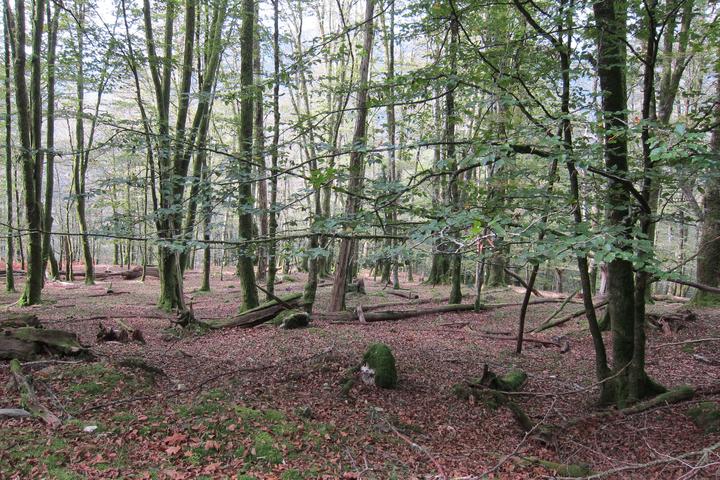Reconciling water-use efficiency estimates across scales under future climate change scenarios using PHLoem carbon ISotopic

The exchange of water for carbon between the vegetation and the atmosphere constitutes the most important feedback mechanism underlying the regulation of water and carbon (C) cycles by the terrestrial biosphere. Water use efficiency (WUE) is the trait that serves to describe this intimate link between the C and water cycles and is a crucial parameter incorporated in many land-surface-models to predict vegetation-climatic feedbacks under future climate change scenario. WUE can be estimated using multiple approaches and methodologies concerning different temporal spatial and temporal scales. Empirical comparison of WUE estimates reveal that important disagreements exists among methodologies; however, these empirical comparisons cannot reveal the underlying mechanisms driving these discrepancies. Two of the most widely used methodologies to estimate WUE are measurements of the ratio of photosynthesis to stomatal conductance to water, using gas-exchange techniques, and analyses of the carbon isotopic composition (d13C) of plant material. This latter approach is based on the assumption that the d13C of plant material is mostly the result of isotopic discrimination occurring during diffusion through the stomatal pores and fractionation at the point of carboxylation. The vast majority of these studies analyses d13C in either the leaves or the wood, but these reflect the signal of the plant physiological status all along the organ ontogeny. In addition, in tall trees, d13C varies greatly among leaves and thus individual measurements cannot capture whole-tree physiological status. Analyses of the phloem d13C constitute a promising avenue, as the phloem signal, when collected at the base of the trunk should reflect the whole tree physiological performance. Still, WUE estimates from d13C, even when they come from the phloem, are usually lower than WUE from measurements of gas-exchange. This is partly due the fact that estimates of WUE from d13C most often neglect the leaf internal resistance to CO2 diffusion, beyond the stomatal pores. Mesophyll conductance (gm) is the inverse of this resistance and it is a trait that varies greatly among plant functional types and in large individuals (adult trees) also among canopy layers. Furthermore, gm also varies greatly in response to climate change drivers including increasing vapour pressure deficit, water availability and atmospheric CO2concentration. Previous studies, including ours, combining measurements of gm with WUE from different estimates suggest that neglecting gm limitations in the calculations of WUE from d13C could induce large biases and that these biases would be even larger under water limitations.
Still, these studies showed that even after incorporating gm limitations, other post-photosynthetic fractionation processes exist that underlie disagreements between WUE estimates. The aim of this proposal is to reconcile estimates of WUE describing vegetation functioning at different scales by incorporating internal leaf diffusional limitations, using Fagus sylvatica as a model species. This objective will materialise in the form of a novel protocol for estimating whole-tree WUE at large spatial scales from analyses of the phloem content. In this project, we will combine measurements under controlled conditions, intensive field measurements of physiological performance, sampling of physiological performance (including WUE from different methodolgies and gm) across a broad geographical range.